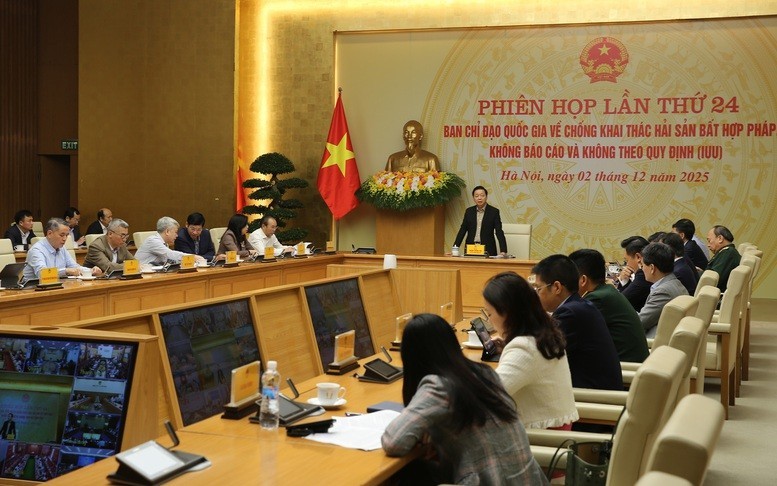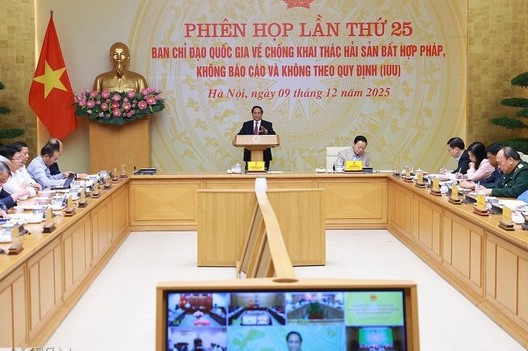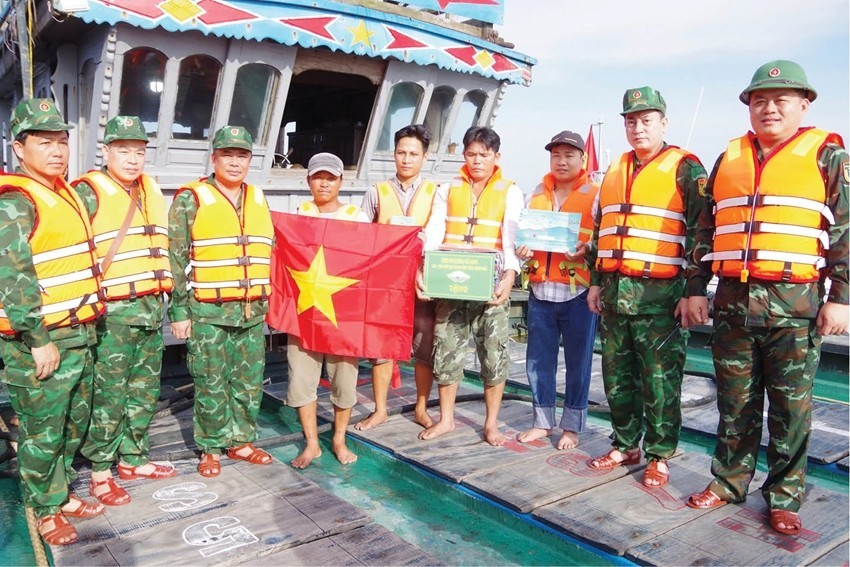Digital Technology in Fishing Vessel Monitoring: The Key to Combating IUU Fishing
| Vietnam, Malaysia Cooperate to Combat Illegal Fishing Activities | |
| Enhancing Regional Coordination in Fisheries Management and Combating IUU Fishing |
“Digitalization” on Every Voyage
Le Cong Hung, a resident of Phuoc Thang Ward, Ho Chi Minh City, owns a 350-horsepower fishing vessel specializing in anchovy fishing. Having moved from Nghe An to Vung Tau nearly 30 years ago, he and 47 fellow fishermen established the Hai Dang Anchovy Fishing Union in 2016.
“In the early days, with limited technology, our annual catch was only around 200 tons,” Hung recalled. “After investing in machinery and upgrading fishing technology, our productivity has grown by 10-15% annually.”
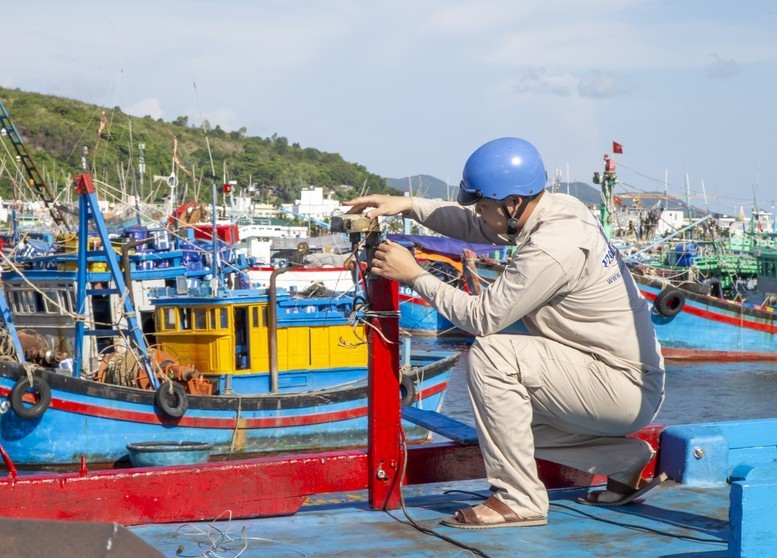 |
| Technicians from the Nha Trang Coastal Information Station inspect the vessel monitoring system on a fishing boat. (Photo: Khanh Hoa Newspaper) |
Up to now, his vessel is fully equipped with positioning devices, fish finders, radar, radio communication systems, and semi-automatic hydraulic net haulers and steering. In 2024, he invested 1.65 billion VND to replace his old sonar with a high-tech fish-detecting machine capable of scanning fish schools within a 1-kilometer radius and at depths of 15-17 meters. As a result, his 2024 catch reached over 800 tons, a 70% increase compared to 2023. With an average selling price of 10,000 VND per kilogram, after deducting expenses, his profit exceeded 2 billion VND.
“Technology helps save fuel, accurately locate fish schools, reduce risks at sea, and most importantly, gives us peace of mind knowing that our vessels are always monitored and we won’t accidentally violate foreign waters,” Hung said.
Similarly, Captain Dong Xuan Tung, skipper of vessel QNg 94884 TS from Tra Cau Ward, Quang Ngai Province, shared that he was among the first fishermen to install the VMS monitoring device when the government launched the program in 2019.
“This device has many advanced features. It helps locate the vessel’s position, enables long-distance communication, and sends emergency signals when needed. We can contact our families or call coastal stations for rescue assistance. Thanks to that, we feel much more confident when going offshore,” Tung said.
According to authorities, the VMS system not only helps manage vessel routes but also allows agencies to monitor and promptly alert fishing boats operating near foreign waters to prevent violations. Additionally, through VMS, management agencies can send fishing ground forecasts, weather warnings, storm avoidance instructions, and quickly determine vessel locations for search and rescue operations, marking a major step forward in fisheries management and ensuring fishermen’s safety.
From Smart Fishing Ports to Electronic Logbooks
Digital transformation is not only taking place at sea but also being strongly implemented at fishing ports. The Border Guard Command has issued Plan No. 4737/KH-BĐBP dated August 29, 2025, to pilot camera surveillance systems at three model fishing ports. With close coordination among the Directorate of Fisheries, the Fisheries Surveillance Department (under the Ministry of Agriculture and Environment), and relevant localities, the installation of 22 surveillance cameras has been completed, including 7 cameras at Lach Bang Port (Thanh Hoa Province), 9 at Tho Quang Port (Da Nang), and 6 at Song Doc Port (Ca Mau Province).
Major Dang Van Dieu, Deputy Head of the Song Doc Border Guard Station in Ca Mau Province, said the cameras are used to monitor fishing vessels, fishermen entering and leaving the ports, and perform other related functions. “The installation of surveillance cameras has made vessel management more convenient and effective, allowing quick access to vessel data and enhancing the ability to detect IUU fishing activities,” he noted.
According to Nguyen Van Ba, Head of the Management Board of Hon Ro Fishing Port and the South Central Seafood Market, since March 2024, Hon Ro Port (Nam Nha Trang Ward, Khanh Hoa Province) has implemented an electronic seafood traceability system (eCDT), which has shown positive results. So far, 100% of vessel owners and captains have installed the eCDT app to confirm the amount of seafood unloaded at the port and to trace the origin of seafood purchased by exporters through the port.
At the port, the management board supervises the unloading volumes, cross-checking data from the electronic fishing logbooks and VMS monitoring systems. When the figures match, the data are uploaded to the national fisheries database, and the unloading volume is certified for vessel owners. Enterprises purchasing seafood from vessels unloading at the port can request and obtain certified traceability documentation.
“At first, fishermen were not familiar with making declarations via the app and felt confused,” Ba said. “However, with guidance from port officials, border guards, and local authorities, they quickly learned how to install and use it. After a few attempts, they could operate it on their own. This software not only helps fishermen report arrivals and departures quickly, conveniently, and accurately, but also prevents errors in record-keeping for those owning multiple vessels.”
From “digitalized” fishing vessels at sea to smart management systems at ports, technology is becoming the key driver enabling Vietnam to manage its fisheries sector transparently, effectively, and sustainably.
| At the 16th meeting of the National Steering Committee for Combating IUU Fishing held on October 7, 2025, Prime Minister Pham Minh Chinh directed the Ministry of National Defense to coordinate with the Ministry of Public Security, the Ministry of Science and Technology, the Viettel Group, and the Vietnam Posts and Telecommunications Group (VNPT) to deploy and inspect VMS installation, share monitoring data, and closely supervise vessel operations. The Navy, Border Guard, Fisheries Surveillance, and Coast Guard forces are to cooperate in conducting patrols and inspections to prevent any violations of IUU fishing regulations. Additionally, the government plans to introduce a digital application for managing fishing vessels and fishermen’s port entries and exits through the VNeID platform, ensuring convenience for fishermen and enabling more effective and efficient administrative management and law enforcement. |
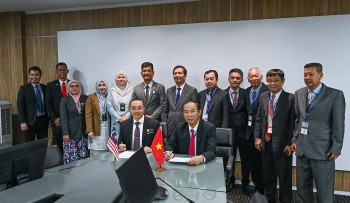 | Vietnam, Malaysia Cooperate to Combat Illegal Fishing Activities A Vietnamese delegation led by Deputy Minister of Agriculture and Environment Phung Duc Tien recently held a working session with the leadership of the Ministry ... |
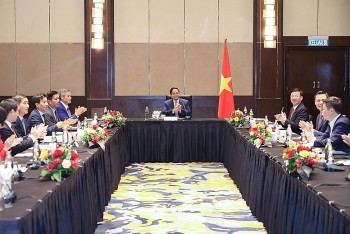 | Enhancing Regional Coordination in Fisheries Management and Combating IUU Fishing At the 47th ASEAN Summit in Kuala Lumpur, Prime Minister Pham Minh Chinh emphasized the importance of strengthening coordination between Vietnam and its neighboring countries ... |
Recommended
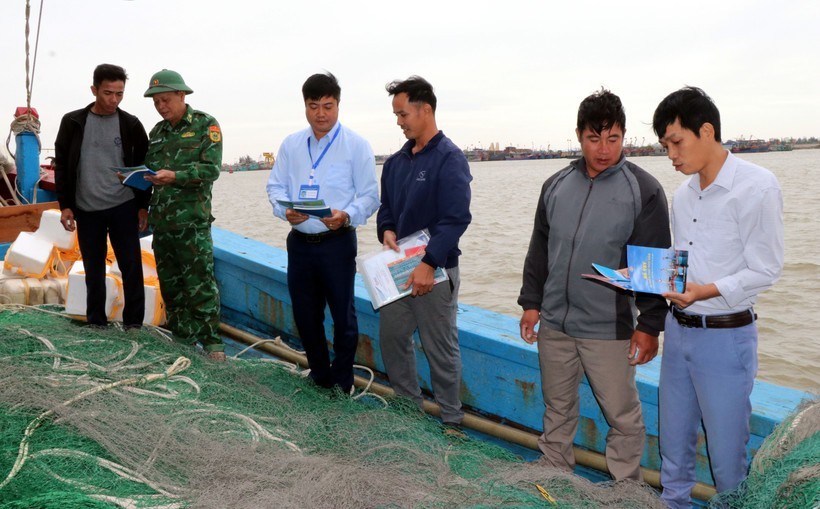 Seas and islands
Seas and islands
Ninh Binh Intensifies Efforts Against IUU Fishing, Ready for the EC’s Fifth Inspection
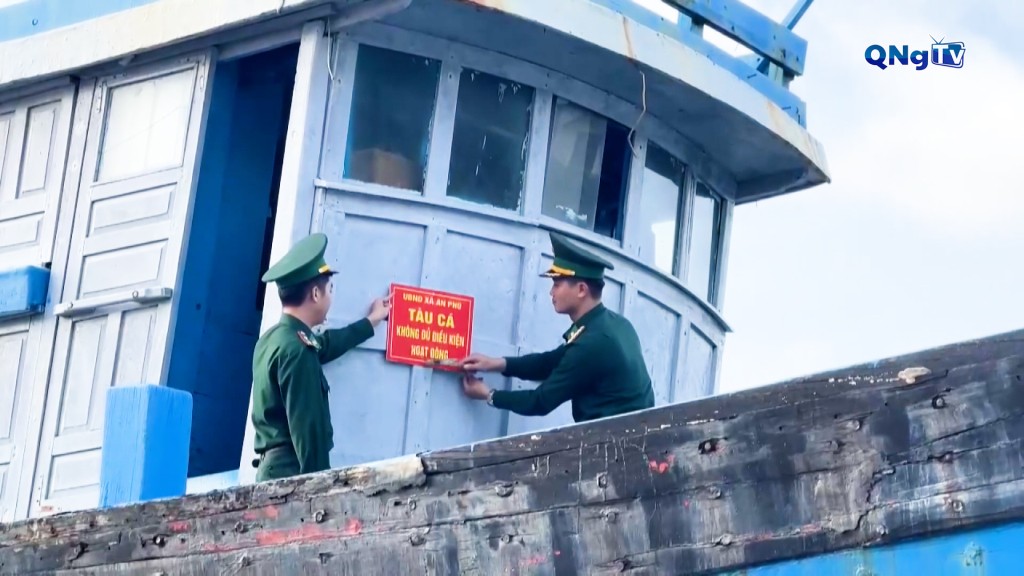 Seas and islands
Seas and islands
Quang Ngai Steps Up Measures to Combat IUU Fishing
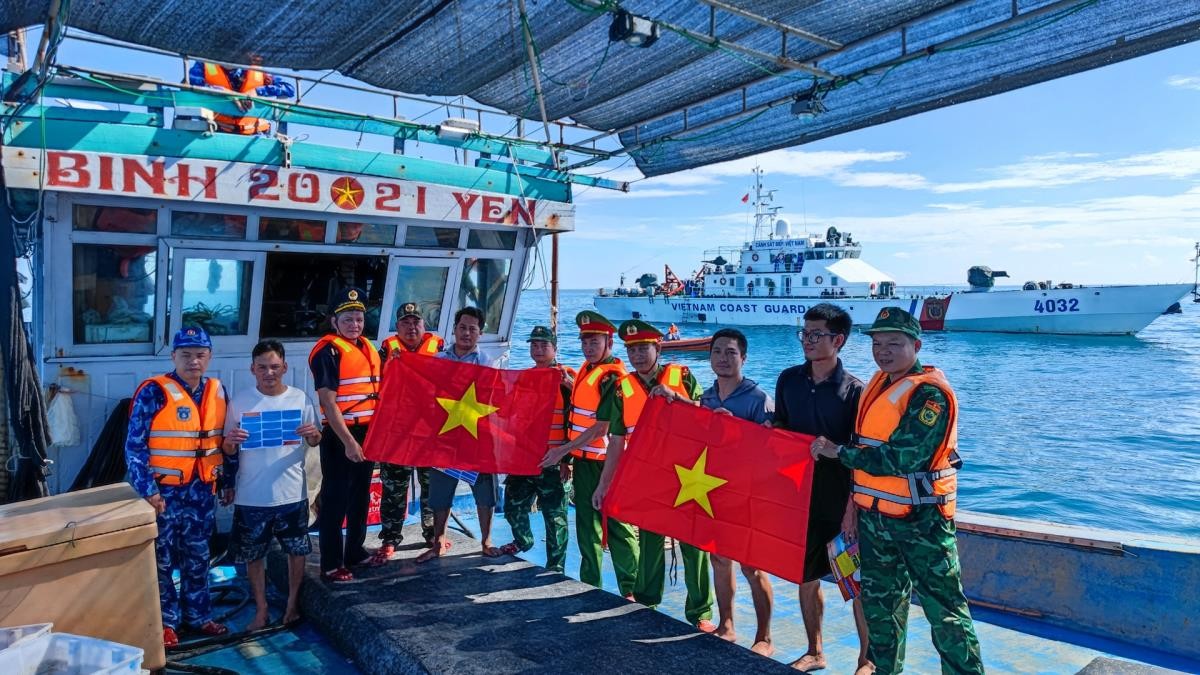 Seas and islands
Seas and islands
Coordinating to Effectively Implement the Peak Campaign Against IUU Fishing
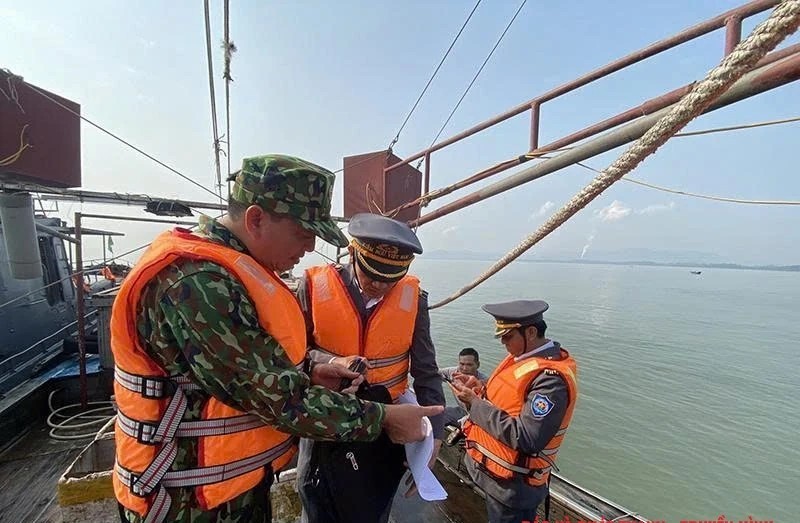 Seas and islands
Seas and islands
Thanh Hoa Advances Comprehensive Measures for Sustainable Fisheries
Popular article
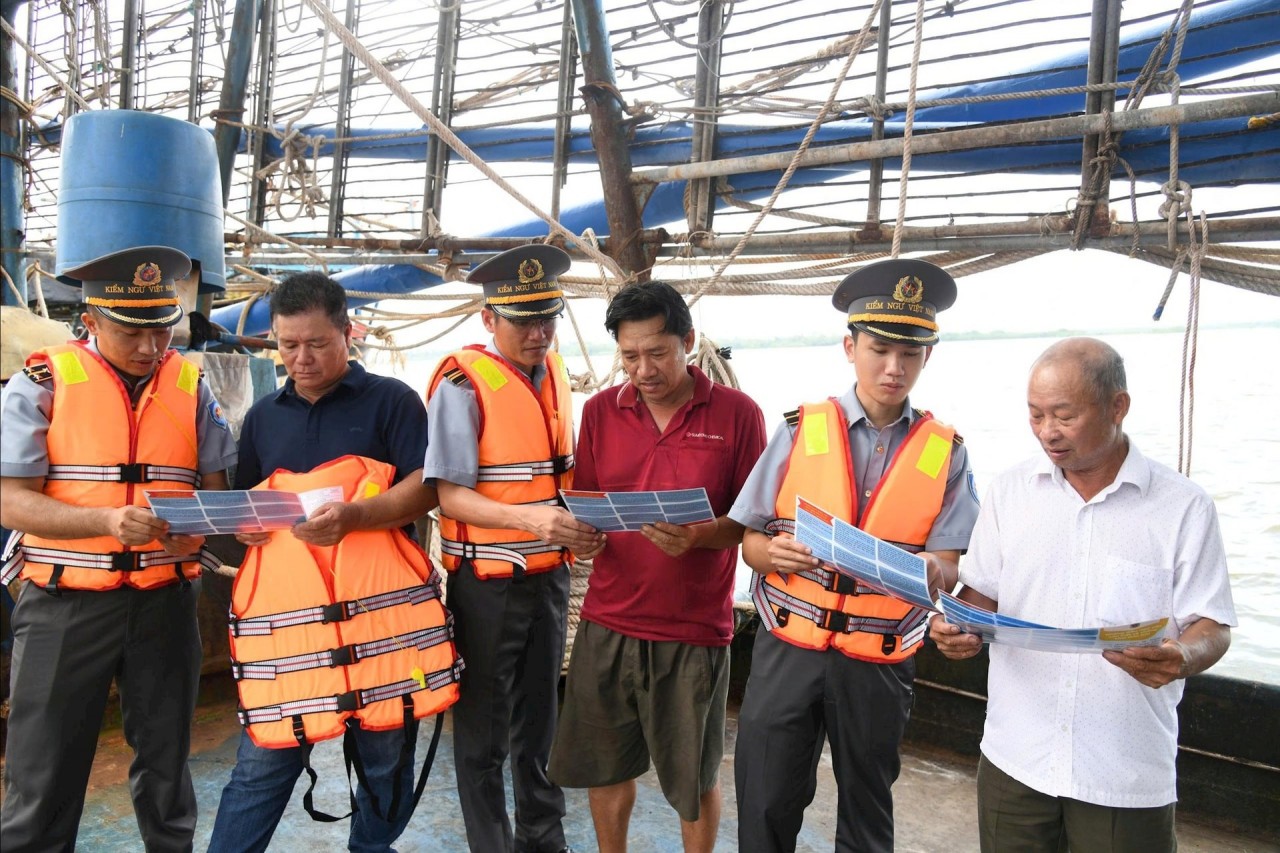 Seas and islands
Seas and islands
Joint Measures by Fishermen and Border Guards to Combat IUU Fishing
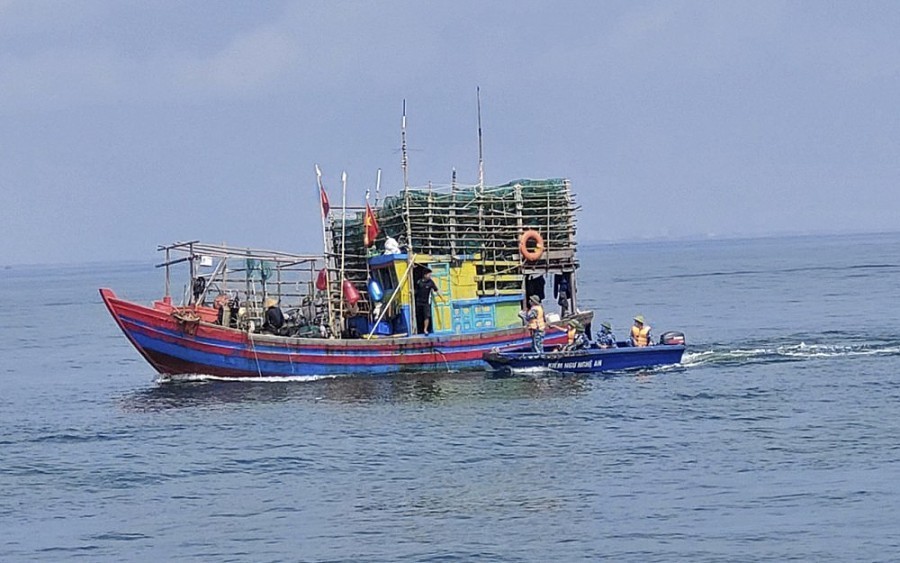 Seas and islands
Seas and islands
Nghe An Strengthens Control and Strictly Handles IUU Violations
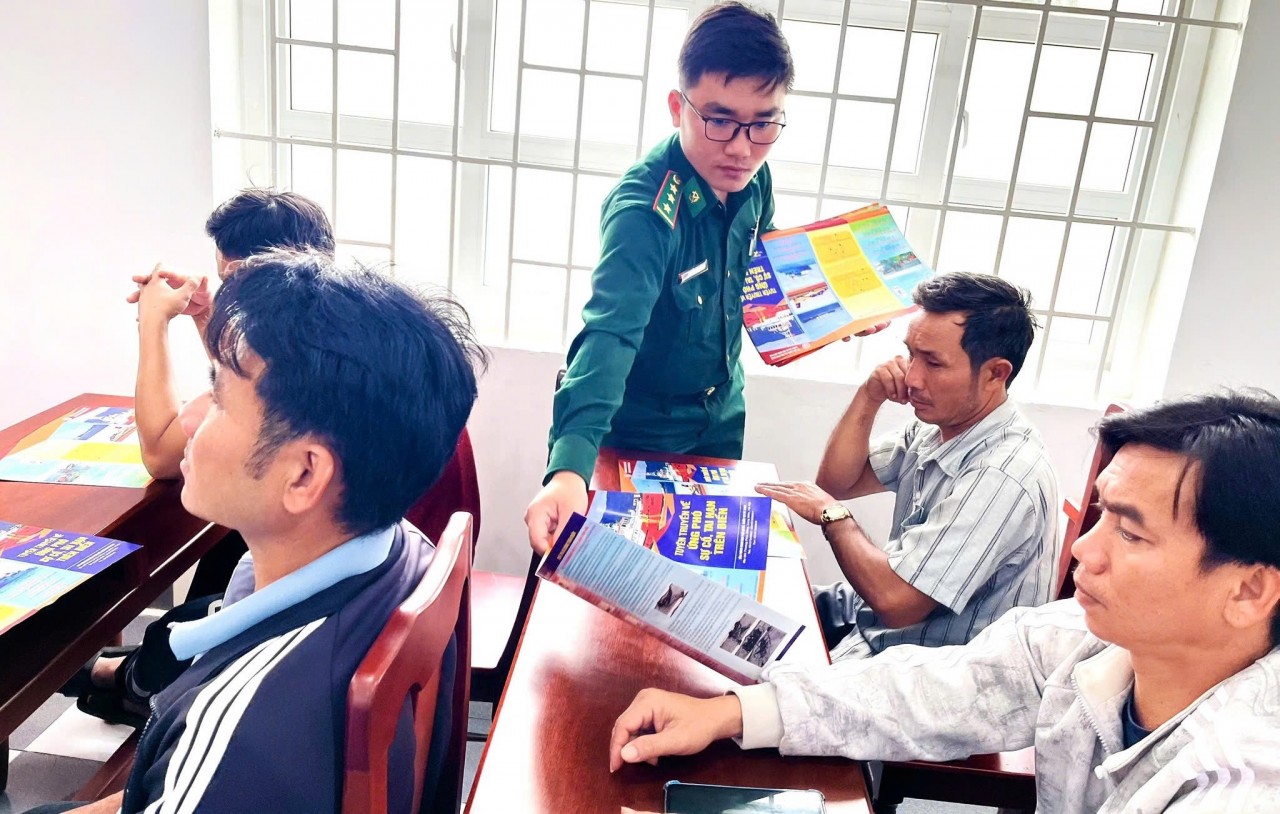 Seas and islands
Seas and islands
Khanh Hoa Enhances Communication and Inspection to Prevent IUU Fishing Violations
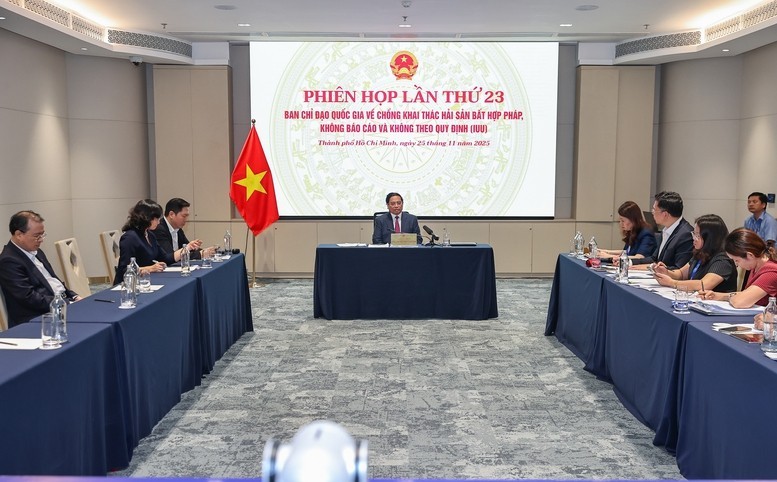 Seas and islands
Seas and islands




